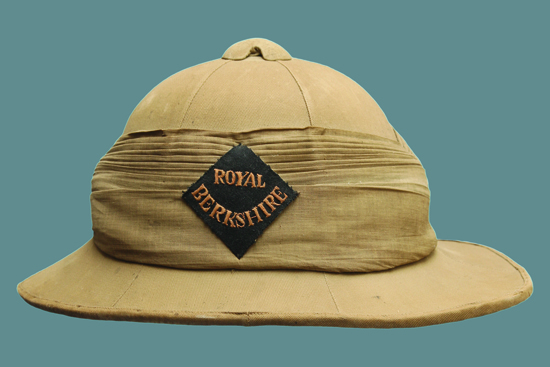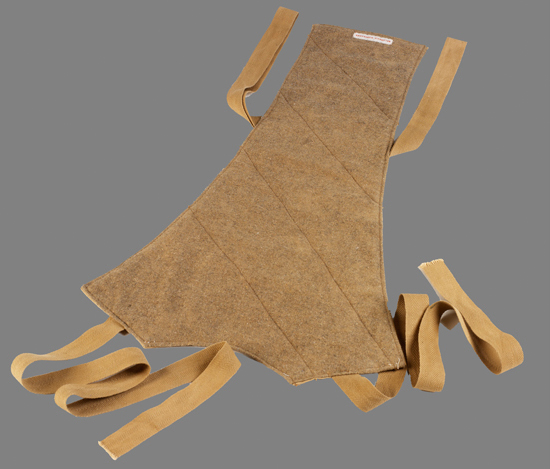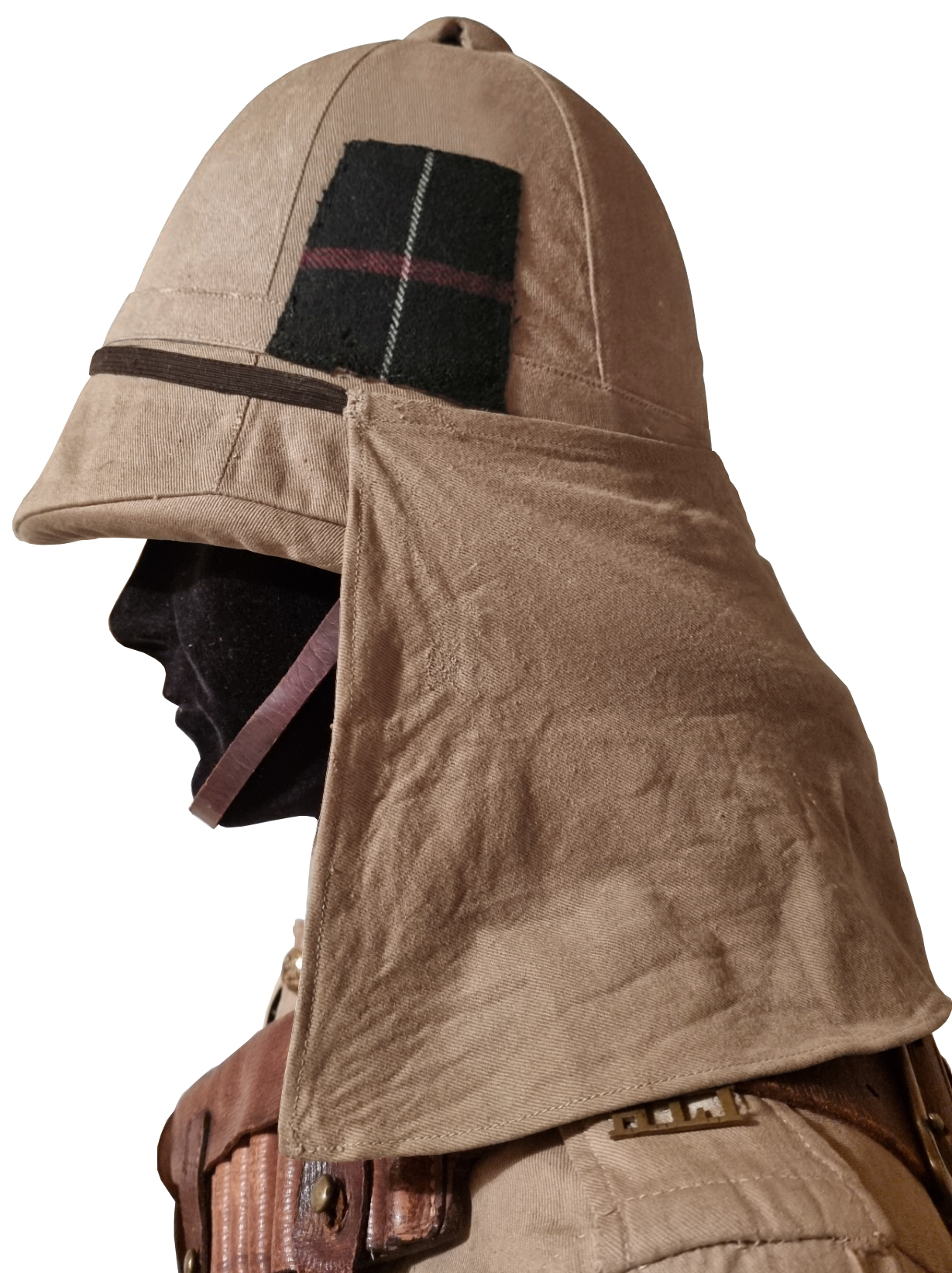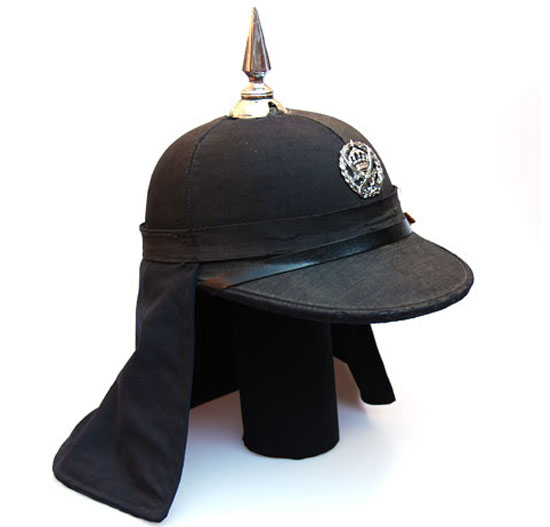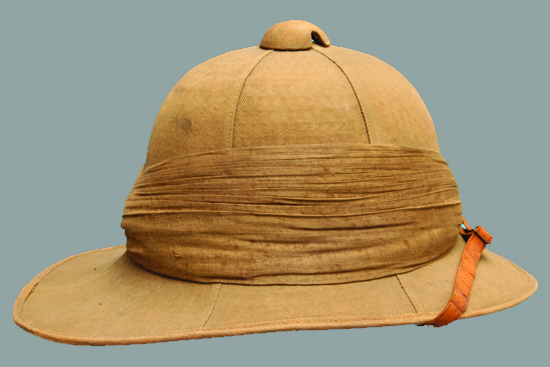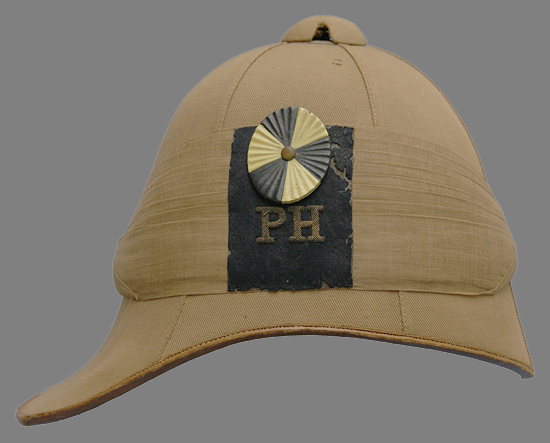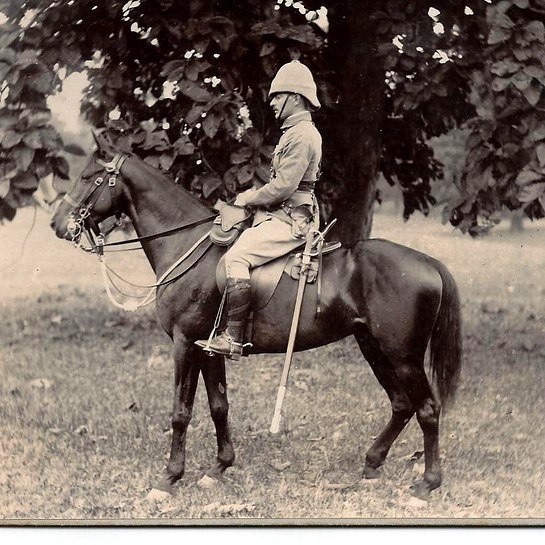
Mounted officer wearing khaki drill frock, Sam Browne belt rig, foreign service helmet and pantaloons tucked into Stohwasser gaiters. (Photo: James Holt collection)
Throughout the Twentieth Century, the world’s Super Powers have waged war against a sometimes seemingly invisible, highly mobile enemy. An enemy familiar with the lands he defends and what it takes to survive in them. France and later the United States struggled through Viet Nam and the former Soviet Union endured the hardships offered by Afghanistan. At the dawn of the Twentieth Century Britain ventured into South Africa. The campaign that followed was an omen of how war would be waged in the new century. A tree of terms we are all too familiar with now has roots embedded on the Veldt of South Africa… commando, guerilla war, trenches, machine gun, barbed wire, and sadly concentration camps.

